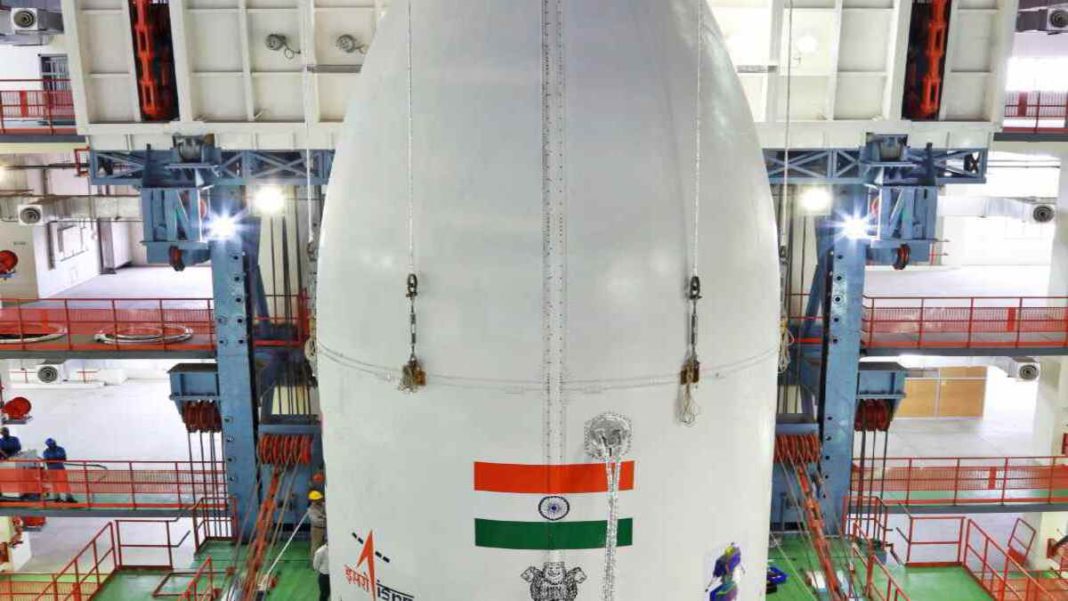INDIA: In preparation for India’s highly anticipated Chandrayaan-3 lunar mission, road construction and digging activities have been temporarily banned around the Satish Dhawan Space Centre in Sriharikota.
The ban, enforced by the Tamil Nadu telecom department, aims to ensure a safe and successful launch of Chandrayaan-3, scheduled for July 14. The temporary ban has been imposed to protect the communication lines crucial to the mission’s success.
These communication lines, including major roads such as NH5 (Chennai-Perambur-Gummidipundi), NH205 (Chennai-Tiruvallur), SH56 (Perambur-Ponneri), and SH50 (Tiruvallur-Uthukotai), as well as connections to districts like Vellore, Aarani, Thiruvattipuram, Kancheepuram, Chengalpattu, and Vandalur, are responsible for maintaining connectivity with the Satish Dhawan Space Centre.
Bharat Sanchar Nigam Limited (BSNL), the agency responsible for maintaining these communication links, has stressed the need to prevent any damage to their optical fiber cables during the crucial launch period. To achieve this, road widening, repairs, and other digging activities have been strictly prohibited from July 9 to July 14.
Chandrayaan-3, a successor to the Chandrayaan-2 mission, aims to achieve a safe and soft landing on the lunar surface. It comprises an indigenous Lander module (LM), a Propulsion module (PM), and a Rover, with the objective of developing and demonstrating new technologies essential for interplanetary missions.
The Lander module will possess the capability to make a controlled and gentle landing on a predetermined lunar site. Once landed, the Rover will conduct in-situ chemical analysis of the lunar surface during its mobility, providing valuable scientific insights.
To facilitate the journey to the Moon, the propulsion module will transport the Lander from the launch vehicle injection to a final lunar orbit with a circular polar altitude of 100 km.
The chosen launcher for this mission is the GSLV-Mk3, which will position the integrated module in an Elliptic Parking Orbit (EPO) measuring approximately 170 x 36,500 km.
The payloads onboard the Lander include Chandra’s Surface Thermophysical Experiment (ChaSTE), designed to measure thermal conductivity and temperature; the Instrument for Lunar Seismic Activity (ILSA), which will monitor seismicity in the landing area; and the Langmuir Probe (LP), intended to estimate plasma density and variations.
Additionally, a passive Laser Retroreflector Array from NASA will be utilized for lunar laser ranging studies. The Rover, equipped with the Alpha Particle X-ray Spectrometer (APXS) and the Laser Induced Breakdown Spectroscope (LIBS), will analyze the elemental composition of the lunar surface in the vicinity of the landing site.
The Chandrayaan-3 mission is scheduled to launch at 2:35 p.m. on July 14, marking another significant milestone in India’s space exploration endeavours.
Following the launch, the lander is expected to softly touch down on the lunar surface between August 23 and 24, depending on the availability of sunlight. The landing must occur during a period of lunar daylight, which lasts approximately 14–15 Earth days, to ensure optimal conditions for a successful landing.
As India eagerly anticipates this remarkable achievement, the temporary ban on road construction and digging activities around the Satish Dhawan Space Centre reflects the nation’s commitment to the successful execution of Chandrayaan-3 and its ambitious lunar mission.
Also Read: India’s Historic Chandrayaan-3 Lunar Mission Set to Launch on July 13



